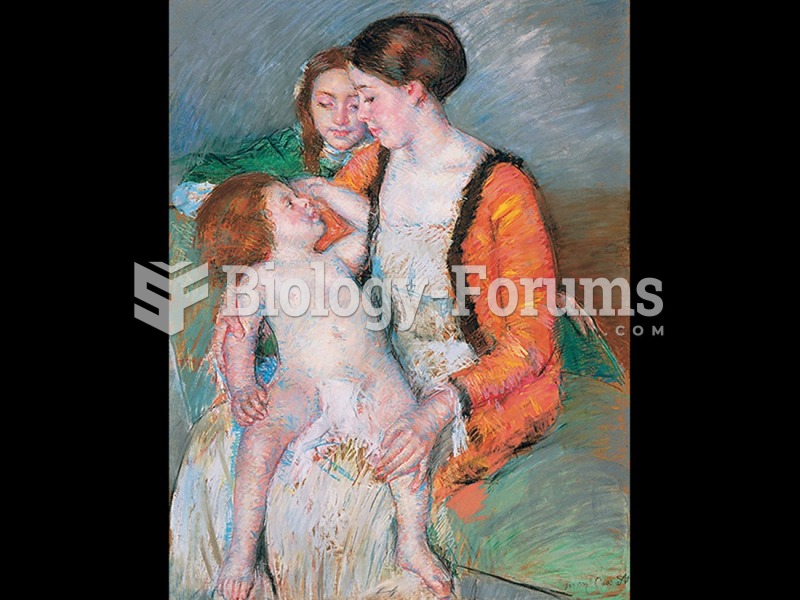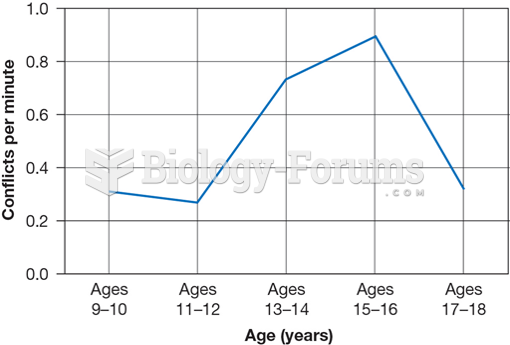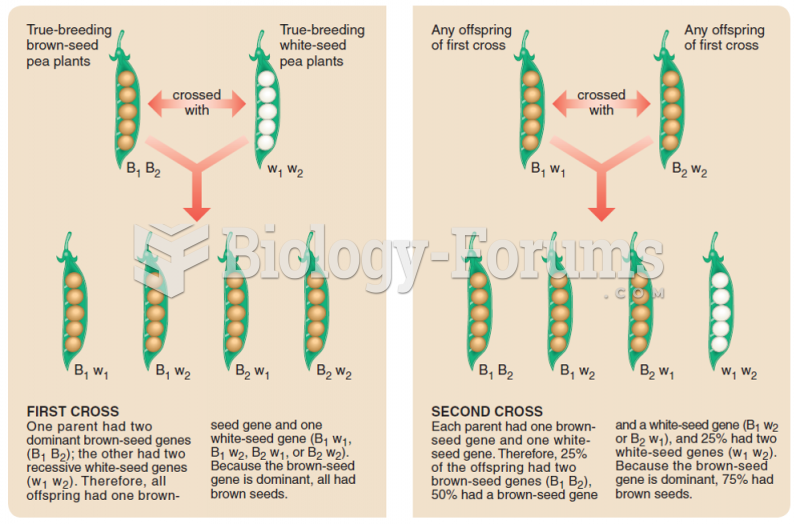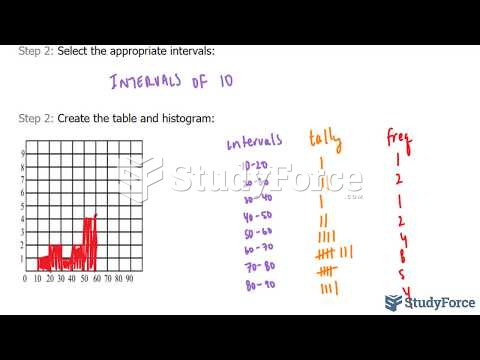Answer to Question 1
Gerald Patterson's coercion theory contends that parentchild interactions provide a training ground for the development of antisocial behavior (Patterson, Reid, & Dishion, 1992). This occurs through a four-step, escape-conditioning sequence in which the child learns to use increasingly intense forms of noxious behavior to escape and avoid unwanted parental demands. The coercive parentchild interaction begins when a mother finds her son Paul, who is failing in school, watching TV rather than doing his homework. Coercive parentchild interactions are made up of well-practiced actions and reactions, which may occur with little awareness. This process is called a reinforcement trap because, over time, all family members become trapped by the consequences of their own behaviors. For example, mothers of antisocial children are eight times less likely to enforce demands than are mothers of nonproblem children (Patterson et al., 1992).
Answer to Question 2
Step 1: Encoding. Socially aggressive children use fewer cues before making a decision. When defining and resolving an interpersonal situation, they seek less information about the event before acting.
Step 2: Interpretation. Socially aggressive children attribute hostile intentions to ambiguous events.
Step 3: Response Search. Socially aggressive children generate fewer and more aggressive responses and have less knowledge about social problem solving.
Step 4: Response Decision. Socially aggressive children are more likely to choose aggressive solutions.
Step 5: Enactment. Socially aggressive children use poor verbal communication and strike out physically.







